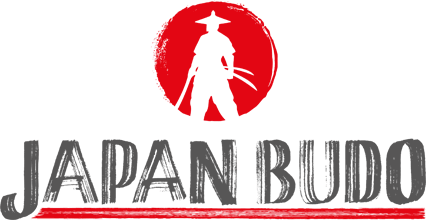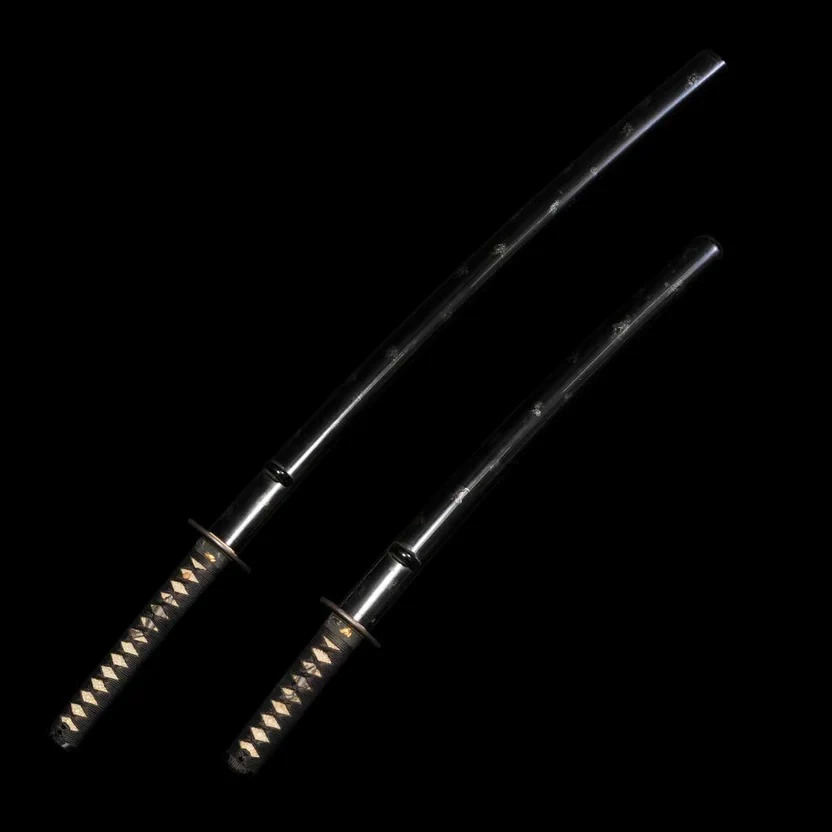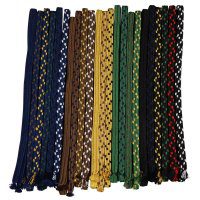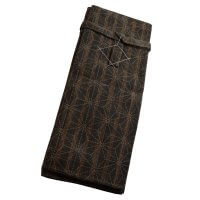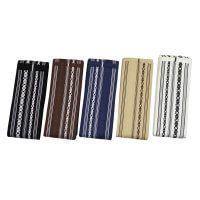The Daisho sword pair is known as the trademark of the samurai. However, the set has undergone its own interesting development, bringing with it a wealth of information about the history of the Japanese sword and how Japanese society has changed over the centuries.
That's why we're taking a closer look at the history of Daisho today.
What does Daisho mean?
Daisho (大小) literally means large-small. It is a common term in the Japanese language to describe sets consisting of one large and one small specimen.
What does Daisho mean for samurai swords?
In relation to swords, daisho therefore refers to a pair of swords consisting of a long sword and a short sword.
Daito
Long swords can also be called daito (large sword) individually, independently of the sword pair. Daito can be tachi or katana, for example.
Shoto
Short swords can also be called shoto (small sword) independently of the sword pair. Shoto can be wakizashi or tanto.
The combination of Daito and Shoto results in the sword pair Daisho, the combination of a long and a short sword.
When did Daisho start?
These sets have been around since the samurai sword was invented. The reason for this lies in the function of the set.
The long sword is good for a certain distance and spatial circumstances. As soon as it becomes necessary, however, the fighter always needs a shorter sword for close combat.
As a result, the first sword pairs consisted of tachi and tanto. The tachi was a comparatively long sword used by Japanese warriors from early times and was supplemented by the knife-length tanto.
The original reason for using this well-known set was therefore the practical use of the two weapons.
When the pair of swords became the trademark of the samurai
In the course of the 13th-14th centuries, mainly during the Muromachi time the samurai sword, now known as the katana, became increasingly popular. A single-edged sword that is carried with the blade pointing upwards. The conditions at the time meant that a second sword was needed for fights in small spaces. This "side" sword is the wakizashi.
The samurai's true trademark and symbol of recognition was the Edo period from the early 17th century. The Tokugawa introduced a fixed estate system and the samurai were a separate social class in Japan at the time.
Depending on their rank, it was also stipulated who was allowed to carry which weapon and which not. The civilian population was allowed to carry blades up to and including wakizashi length. Members of the government, government officials and special occupational groups were allowed to carry long swords.
Only samurai were allowed to wear the daisho. The set thus became a symbol and trademark of the samurai social class.
As it was such an important symbol, wearing it was also celebrated and cultivated. Standardised mounts were made for the set. Samurai sometimes ordered a set from blacksmiths for joint production.
On official occasions there were even regulations as to how the mounts had to look and what kind of fittings had to be mounted on the sword.
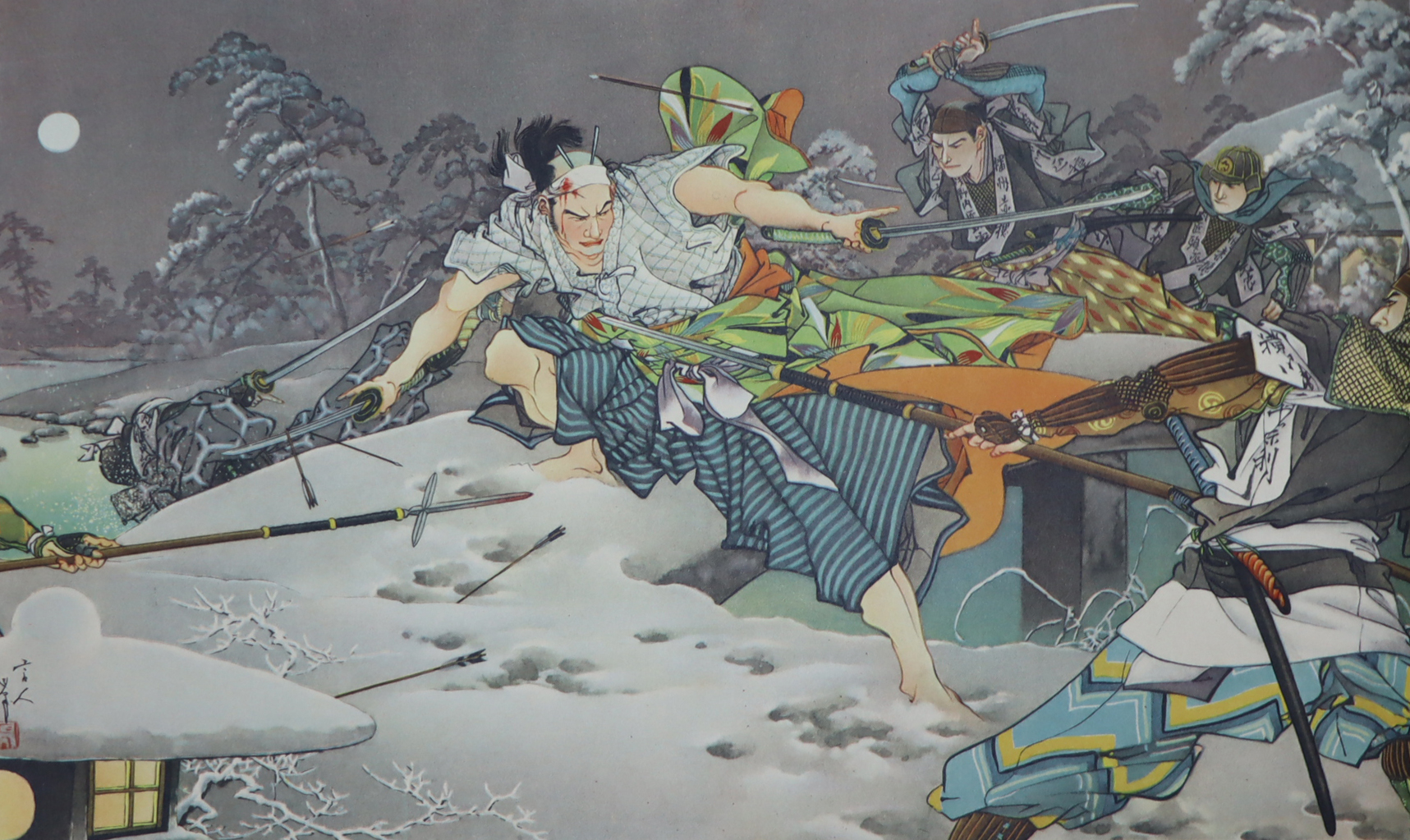
Are there also daisho from the Kamakura and Nambokucho periods?
As described above, the swords that were later worn as daisho, i.e. katana and wakizashi, were not yet common in the Kamakura and Nambokucho periods, and at that time it was also not customary to carry swords of different lengths in the same-looking mount.
However, there are blades from the Kamakura and Nambokucho periods that were later shortened to katana and wakizashi length. Many blades have undergone this shortening, which is called suriage. In this way, daisho with blades from the early times of the fighters of Japan were created.
How expensive is a real Daisho from Japan?
The price of such a set can vary greatly. It consists of several parts: Katana with Katana-Koshirae, Wakizashi with Wakizashi-Koshirae.
This results in a certain base price. Good quality Daisho in good condition are generally not available for less than 5-digit sums. Due to the many individual elements that make up such a pair of swords, the price can quickly go up, because even individual blades (tsuba) can quickly cost several thousand euros in good quality.
With blades from renowned blacksmiths, prices can easily reach into the 6-digit range.
Because of the historically interesting story surrounding the pair of samurai swords, we try to offer Daisho examples in our shop for antique katana from Japan offer. You may find exactly the set you are looking for. If not, you are welcome to contact us and we will find the right one for you.
